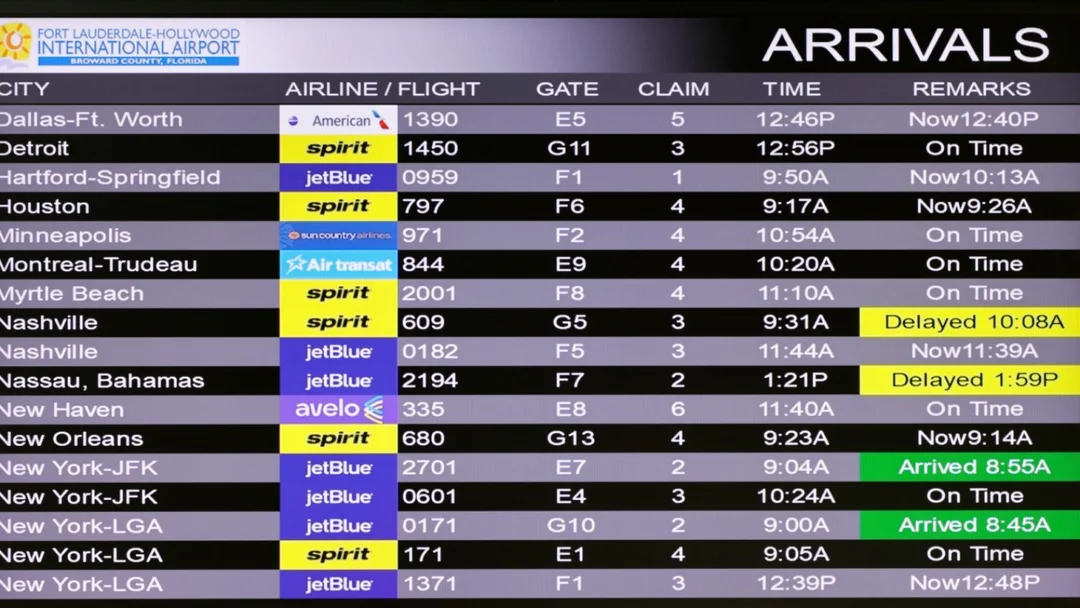
What’s Driving Florida’s Record-Breaking Visitor Surge?
In a year that redefined travel trends, Florida has once again positioned itself as the ultimate U.S. destination, attracting an unprecedented number of tourists. With 143 million visitors in 2024—a 1.7% increase from the previous record—and 41.2 million more in the first quarter of 2025, the Sunshine State is not just thriving; it's reshaping the national tourism landscape. This surge underscores Florida's enduring appeal and its economic powerhouse status, boosting jobs, revenue, and community growth across the state.
At the heart of this success is Governor Ron DeSantis, who attributes the boom to 'freedom-first policies.' In his announcement, DeSantis stated, 'Florida’s tourism industry leads the nation... These results are proof that our freedom-first policies work—and that Florida remains the best place to visit, work, and raise a family.' The data paints a vivid picture: 130.65 million domestic travelers, 8.94 million overseas visitors, and 3.41 million from Canada flocked to Florida's beaches, theme parks, and cities in 2024. This diverse influx highlights the state's broad attractions, from Orlando's family-friendly adventures to Miami's vibrant nightlife.
Comparisons with other states reveal Florida's standout performance. While California drew 270 million visitors overall, Florida's targeted growth in key areas like airport traffic—with 29.4 million enplanements across 19 major airports—shows remarkable momentum. Airports such as Punta Gorda (+23.6%), St. Petersburg-Clearwater (+7.7%), and Daytona Beach (+7.4%) led the charge, reflecting strategic investments in infrastructure and accessibility. Meanwhile, hotel metrics further illustrate the boom: a 2.4% increase in rooms sold, an Average Daily Rate of $227.22, and a 75.7% occupancy rate. These figures not only signal strong demand but also contribute billions in sales tax revenue, fueling Florida's economy.
Analysts point to several factors behind this success. Post-pandemic priorities like safety, flexibility, and variety have aligned perfectly with Florida's offerings, from year-round sunshine to cultural events. Unlike states like Texas or New York, which rely on urban draws, Florida's mix of coastal escapes and family-oriented experiences has fostered repeat visits and international interest. This growth isn't just numbers; it's a testament to effective promotion and resilience, as seen in the steady rise of Canadian and overseas tourists. However, challenges loom, including managing overcrowding and sustainability, to ensure long-term appeal.
Ultimately, Florida's tourism triumph highlights a broader U.S. trend toward experiential travel. As the state gears up for more records, questions arise: Can this momentum continue, and what lessons might other states learn? Share your thoughts in the comments below—is Florida's secret formula replicable elsewhere, or is it uniquely its own?